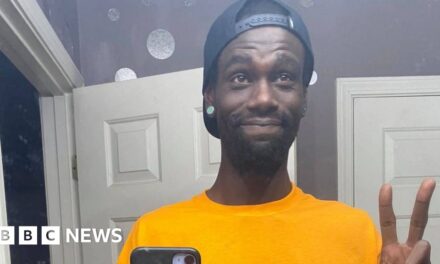
The Death of George Floyd Reignited a Movement. What Happens Now?
Mr. Floyd’s death did, however, drive some changes, at least for now, among non-Republican white Americans in their awareness of racial inequality and support for reforms. And it helped cement the movement of college-educated suburban voters, already dismayed by what they saw as Mr. Trump’s race-baiting, toward the Democratic Party.
“The year 2020 is going to go down in our history books as a very significant, very catalytic time,” said David Bailey, whose Richmond, Va.-based nonprofit, Arrabon, helps churches around the country do racial reconciliation work. “People’s attitudes have changed at some level. We don’t know fully all of what that means. But I am hopeful I am seeing something different.”
But even among Democratic leaders, including mayors and President Biden, dismay over police violence has often been paired with warnings that protesters avoid violence, too. That association — linking Black political anger and violence — is deeply rooted in America and has not been broken in the past year, said Davin Phoenix, a political scientist at the University of California, Irvine.
“Before Black people even get a chance to process their feelings of trauma and grief, they’re being told by people they elected to the White House — that they put into power — ‘Don’t do this, don’t do that,’” Mr. Phoenix said. “I would love if more politicians, at least those that claim to be allied, turn to the police and say, ‘Don’t do this, don’t do that.’”
The protests that followed Mr. Floyd’s death became part of the increasingly acrimonious American conversation over politics. Most were peaceful, but there was looting and property damage in some cities, and those images circulated frequently on television and social media.

















